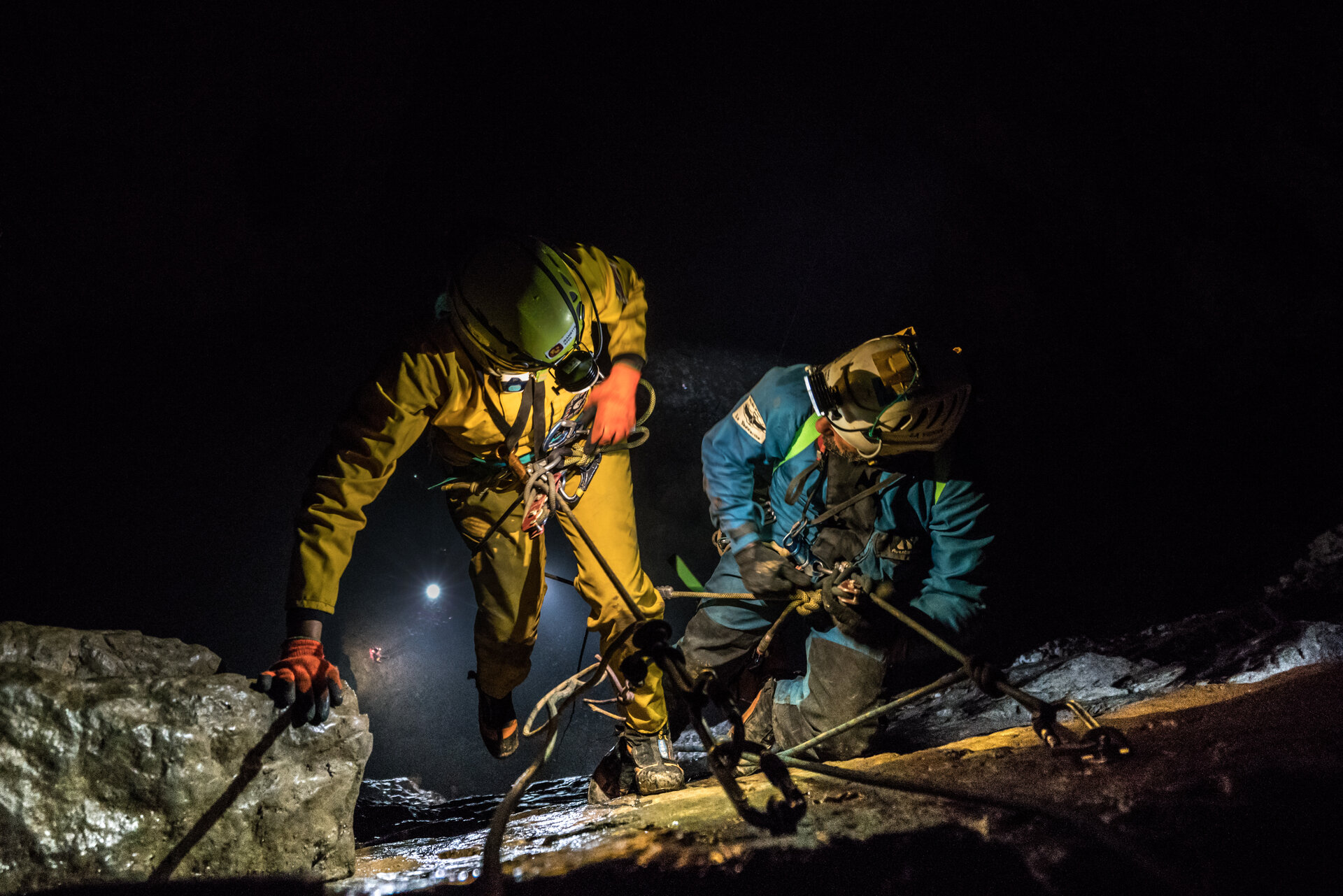Accept all cookies Accept only essential cookies See our Cookie Notice

About ESA
The European Space Agency (ESA) is Europe’s gateway to space. Its mission is to shape the development of Europe’s space capability and ensure that investment in space continues to deliver benefits to the citizens of Europe and the world.
Highlights
ESA - United space in Europe
This is ESA ESA facts Member States & Cooperating States Funding Director General Top management For Member State Delegations European vision European Space Policy ESA & EU Responsibility & Sustainability Annual Report Calendar of meetings Corporate newsEstablishments & sites
ESA Headquarters ESA ESTEC ESA ESOC ESA ESRIN ESA EAC ESA ESAC Europe's Spaceport ESA ESEC ESA ECSAT Brussels Office Washington OfficeWorking with ESA
Business with ESA ESA Commercialisation Gateway Law at ESA Careers Cyber resilience at ESA IT at ESA Newsroom Partnerships Merchandising Licence Education Open Space Innovation Platform Integrity and Reporting Administrative Tribunal Health and SafetyMore about ESA
History ESA Historical Archives Exhibitions Publications Art & Culture ESA Merchandise Kids Diversity ESA Brand Centre ESA ChampionsLatest
Space in Member States
Find out more about space activities in our 23 Member States, and understand how ESA works together with their national agencies, institutions and organisations.
Science & Exploration
Exploring our Solar System and unlocking the secrets of the Universe
Go to topicAstronauts
Missions
Juice Euclid Webb Solar Orbiter BepiColombo Gaia ExoMars Cheops Exoplanet missions More missionsActivities
International Space Station Orion service module Gateway Concordia Caves & Pangaea BenefitsLatest
Space Safety
Protecting life and infrastructure on Earth and in orbit
Go to topicAsteroids
Asteroids and Planetary Defence Asteroid danger explained Flyeye telescope: asteroid detection Hera mission: asteroid deflection Near-Earth Object Coordination CentreSpace junk
About space debris Space debris by the numbers Space Environment Report In space refuelling, refurbishing and removingSafety from space
Clean Space ecodesign Zero Debris Technologies Space for Earth Supporting Sustainable DevelopmentLatest
Applications
Using space to benefit citizens and meet future challenges on Earth
Go to topicObserving the Earth
Observing the Earth Future EO Copernicus Meteorology Space for our climate Satellite missionsCommercialisation
ESA Commercialisation Gateway Open Space Innovation Platform Business Incubation ESA Space SolutionsLatest
Enabling & Support
Making space accessible and developing the technologies for the future
Go to topicBuilding missions
Space Engineering and Technology Test centre Laboratories Concurrent Design Facility Preparing for the future Shaping the Future Discovery and Preparation Advanced Concepts TeamSpace transportation
Space Transportation Ariane Vega Space Rider Future space transportation Boost! Europe's Spaceport Launches from Europe's Spaceport from 2012Latest

From ‘cavewalking’ to spacewalking
Thank you for liking
You have already liked this page, you can only like it once!
It might not be obvious, but there are many similarities between working deep underground and in outer space.
Just as with spacewalks, underground ‘cavewalks’ require safety tethering, 3D orientation, careful planning and teamwork. Cave explorers need to stay alert in an environment where they are deprived of natural light and every move is a step into the unknown.
ESA’s CAVES training course has been taking astronauts below Earth’s surface and prepared them to work safely in an environment where the terrain, climate and climbing techniques pose high demands.
NASA astronaut Jeanette Epps is seen here, to the left, hanging over 200 m of void and closely monitored by certified speleology instructor Marco Vattano during her descent. After a week of preparations, Jeanette explored a cave in Slovenia where she lived and worked for six days with five other ‘cavenauts’.
Jeannette follows NASA astronaut Jessica Meir, who became the first woman to participate in CAVES in 2016 and who recently starred in an all-female spacewalk outside the International Space Station.
The procedure for moving along a cave wall strongly resembles spacewalking. “You have to be very aware of the position of your body and what is around you. If you hit something or miss a step, the consequences are critical,” explains NASA astronaut Mike Barratt in this video about his CAVES adventure back in 2013.
As a veteran spacewalker, Mike points out how working in darkness along a handrail and using safety tethers at all times was quite similar to walking in space using the Russian Orlan spacesuit. Managing stress and taking decisions in an alien environment over long periods is exhausting.
As with a launch and landing in a spacecraft, entering and exiting from a cave are the most critical moments. Caves are hostile environments and the crew could face situations where the intervention of speleologists with advanced technical skills could be required to prevent accidents.
Qualified personnel were always close by, while all equipment is regularly checked by a fellow explorer – a buddy-check.
ESA astronaut Luca Parmitano, a veteran ‘cavewalker’ and spacewalker, will step out into space for his first spacewalk of the Beyond mission in November tasked with repairing and enhancing the ‘dark matter’ hunting AMS-02 instrument – a structure never designed to be maintained in orbit. Before then he will support a series of spacewalks from inside the Station to upgrade the Station's power capacity.
Read more about CAVES on our dedicated website and in the blog.
-
CREDIT
ESA–A. Romeo -
LICENCE
ESA Standard Licence

Cavewalk

CAVES 2013: Cavewalking

Cave spacewalk

Cavewalking















 Germany
Germany
 Austria
Austria
 Belgium
Belgium
 Denmark
Denmark
 Spain
Spain
 Estonia
Estonia
 Finland
Finland
 France
France
 Greece
Greece
 Hungary
Hungary
 Ireland
Ireland
 Italy
Italy
 Luxembourg
Luxembourg
 Norway
Norway
 The Netherlands
The Netherlands
 Poland
Poland
 Portugal
Portugal
 Czechia
Czechia
 Romania
Romania
 United Kingdom
United Kingdom
 Slovenia
Slovenia
 Sweden
Sweden
 Switzerland
Switzerland
























